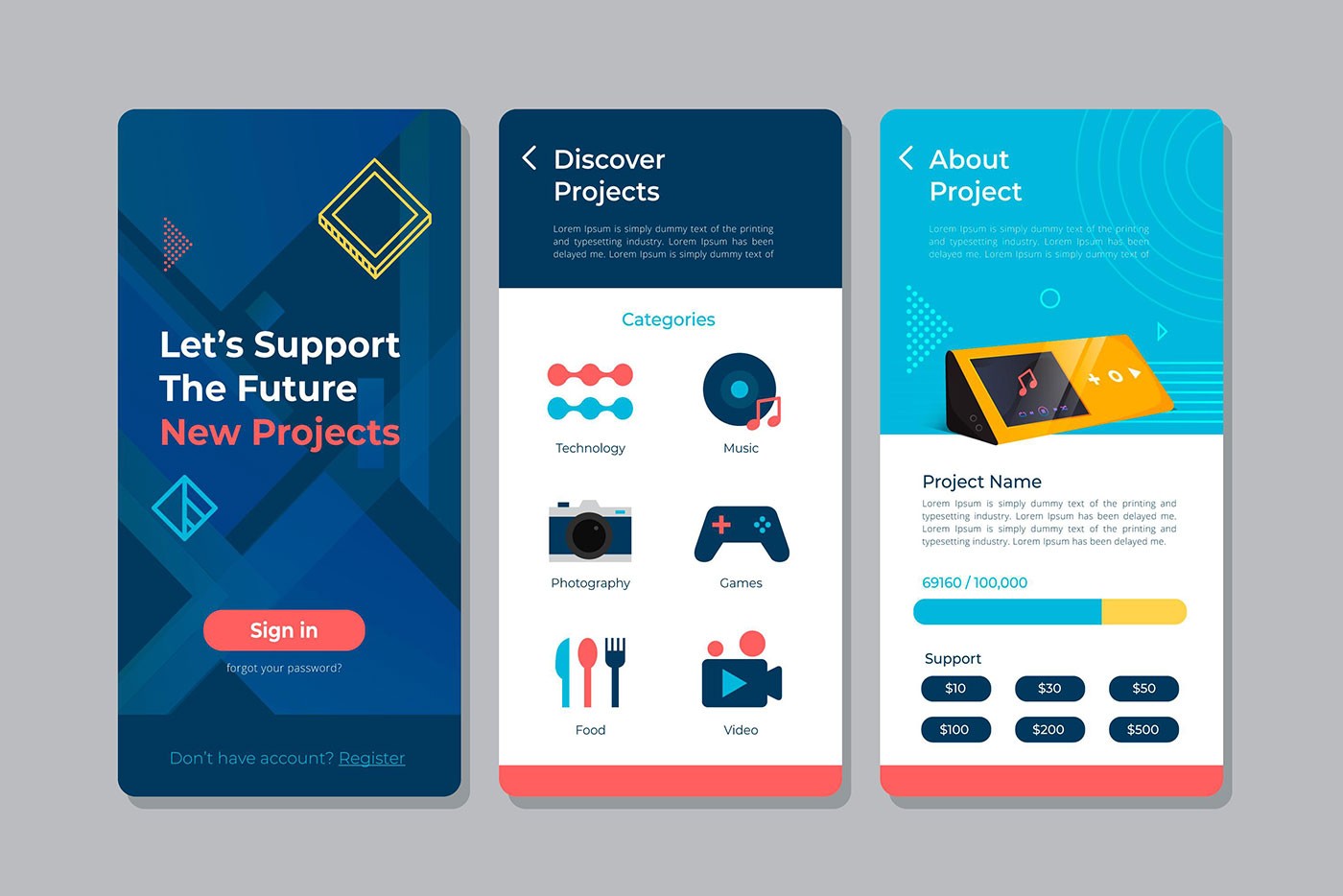CXBOS Insights
Your daily dose of news, insights, and information.
Why Your Users Might Just Be Ghosting Your Interface
Uncover the reasons users vanish from your interface and learn how to keep them engaged! Don’t let your design haunt you.
5 Common Reasons Users Abandon Your Interface
Users often abandon interfaces for a variety of reasons, and understanding these common pitfalls is crucial for improving user retention. One major reason is poor navigation. If users find it difficult to locate important features or information due to a complicated menu structure or unclear pathways, they are likely to become frustrated and leave. Another significant factor is slow loading times. A delay of even a few seconds can lead to a loss of interest, as users today expect quick and efficient interactions. Moreover, an unresponsive design—one that does not adapt well to different devices—can alienate mobile users, who make up a large portion of internet traffic.
Additionally, aesthetic issues can play a major role in user abandonment. A cluttered or outdated interface can overwhelm users, leading them to seek a more visually appealing alternative. Users also tend to abandon platforms that lack essential features or provide a poor overall experience, including confusing calls to action or inadequate support. Lastly, not providing personalization options can make users feel disconnected, as tailored experiences make them feel valued. Recognizing these issues and addressing them can significantly reduce the rates of interface abandonment and enhance overall user satisfaction.

Is Your UX Scaring Away Users? Signs to Watch For
User experience (UX) is a critical factor that can either attract or deter users from engaging with your website. If your site is cluttered, slow, or difficult to navigate, it may be scaring away users without you even realizing it. Look for signs such as high bounce rates or low conversion rates, which can indicate that visitors are not finding what they need. Consistency in design and clear calls to action are essential to guide users seamlessly through your content. If the journey feels disjointed, users are likely to abandon your site in search of a more intuitive experience.
Another important aspect to monitor is user feedback. Are your visitors expressing frustration with the layout or functionality of your site? Take note of comments and reviews on social media or feedback forms. You might also consider implementing usability testing to observe how real users interact with your platform. If you notice patterns of confusion or irritation, it's a clear sign that your UX might be scaring away users. Addressing these issues proactively can help create a more engaging environment that retains visitors and enhances satisfaction.
What Are Users Really Thinking When They Ghost Your App?
When users choose to ghost your app, it often leaves developers and marketers puzzled about their motivations. A common scenario is that users might download the app with high hopes of solving a particular problem or enhancing their experience, but once they get inside, they may find the user interface confusing or the onboarding process cumbersome. This initial friction can quickly turn excitement into frustration, leading them to abandon the app altogether. Additionally, if users perceive your app as lacking in features or offering subpar performance compared to competitors, they may decide that it simply isn’t worth their time.
Another factor that causes users to ghost your app can be attributed to notification fatigue and overwhelming marketing strategies. If users are bombarded with too many notifications or intrusive offers, it can create a negative experience that drives them away. Privacy concerns also play a significant role; users may hesitate to engage with an app that requests excessive permissions or lacks transparency regarding its data usage. Ultimately, understanding these underlying motivations is crucial for making strategic enhancements to reduce ghosting rates and improve user retention.